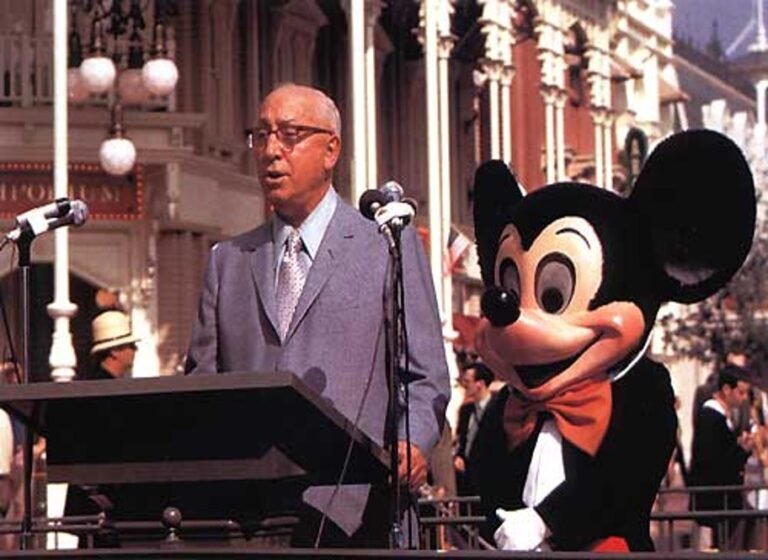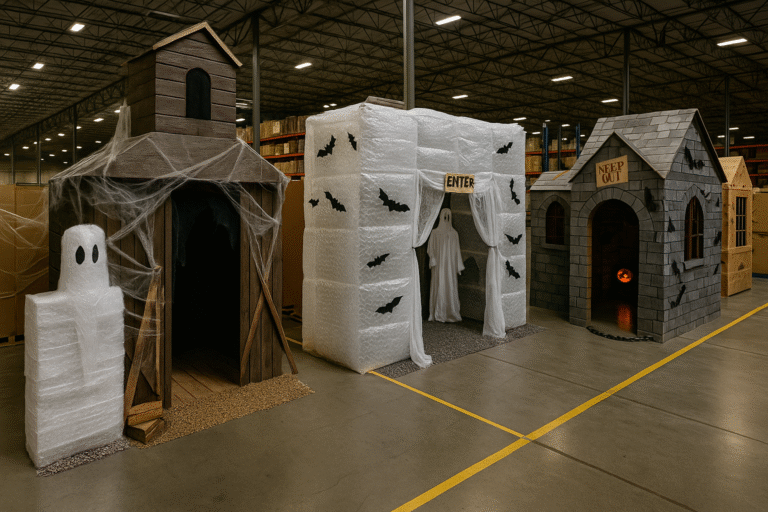Leadership Awareness Story: You’re a TV Star
This Leadership Awareness Story comes from my first year at Kohl’s — a year I’ll never forget.
I was responsible for a one-million-square-foot warehouse in Southern California, and I embraced every second.
When I started, my “team” was just two operations managers. Within three months, we expanded it to 58 people — including operations managers, assistants, supervisors, maintenance, safety, and training personnel — all of whom were hired, trained, and onboarded in record time.
Our mission: ship every large item for Kohl’s e-commerce orders across the entire West Coast.

At the time, that meant vacuum cleaners, comforters, Christmas trees — basically, anything too bulky to ship in a bag. The operation was simple on paper:
Pick to cart for multi-item orders.
Pick to hamper for “ship-alones.”
Scan the item, scan the shipping label. If they matched, print, apply, and move on.
During the first holiday season, we ramped to over 1,000 employees between Thanksgiving and Christmas. The building was alive — tape guns snapping, conveyors humming, boxes flying. It felt like we were running Santa’s factory.
Then Black Friday hit.
And it hit hard.
Orders poured in — 100,000 in a single day.
Forklifts raced, hampers filled, and the hum of printers never stopped.
Fifty outbound trucks a day rolled to UPS and FedEx.
It was chaos — but beautiful chaos.
Then, one evening, a temporary associate was labeling vacuums.
Her RF scanner froze, and her shipping labels stopped printing.
After a few minutes of troubleshooting, she hit reprint.
Thirty labels came out.
She didn’t know that every reprint meant the same order, duplicated.
She did what she was trained to do: label each vacuum, stack it neatly on the pallet, and send it to shipping.

The Phone Call
A few days later, my phone rang.
It was my boss’s boss.
“Hey Jim,” he said, “I hear you’re a big TV star.”
I laughed. “What are you talking about?”
He said, “Our president just came into my office asking if you were planning to debut on the news tonight.”
Now I was confused — and a little terrified.
He told me to check my email. There was a YouTube link. I clicked it.
The screen opened to a San Diego news anchor doing a holiday consumer segment:
“Which vacuum should you buy this Christmas?”
Then the camera cut to the reporter’s cubicle.
Behind her — stacked from floor to ceiling — were 26 brand-new vacuums.
All from Kohl’s.
All from my building.
Apparently, she’d ordered one vacuum… and received 26.
Her colleagues were cracking up, calling out, “Order from Kohl’s, you get 25 free!” The segment was hilarious — unless you were me.
In that moment, every laugh in that newsroom felt like it echoed through my warehouse.

The Aftermath
We eventually discovered what had happened — that single reprint button had triggered a cascade that no one had caught. Our system didn’t flag duplicates, and our process assumed perfection.
The truth is, we trusted the process more than we trusted our people.
And that was my mistake.
That night, I learned that efficiency without awareness isn’t strength — it’s fragility.
The “TV Star” nickname eventually faded, but one of those vacuum labels still hangs on my wall.
It reminds me of a time I was moving fast and learning slow.
Because leadership isn’t about keeping things in motion —
It’s about knowing when to stop long enough to see what’s really happening.

Leadership Lesson
Leadership awareness means slowing down long enough to see the system you’ve built — and the people inside it.
Processes don’t fail on their own.
They fail quietly when no one’s looking closely enough to notice.
The best leaders step back, listen, and learn before they fix.
They ask questions like:
What assumptions are my people working under?
What errors are invisible because the system hides them?
What am I missing because everything “seems” fine?
More Stories
External Links
FAQ Section – Leadership Awareness Story
Q: What is leadership awareness?
A: Leadership awareness is the ability to notice the small details that affect performance — understanding the system, the people, and the unseen risks.
Q: Why is awareness important for leaders?
A: Awareness prevents blind spots. It helps leaders identify process failures early and make smarter, more human-centered decisions.
Q: How can I improve my leadership awareness?
A: Step back regularly. Observe your team. Ask questions. Measure what matters — but also listen to what’s not being said.





